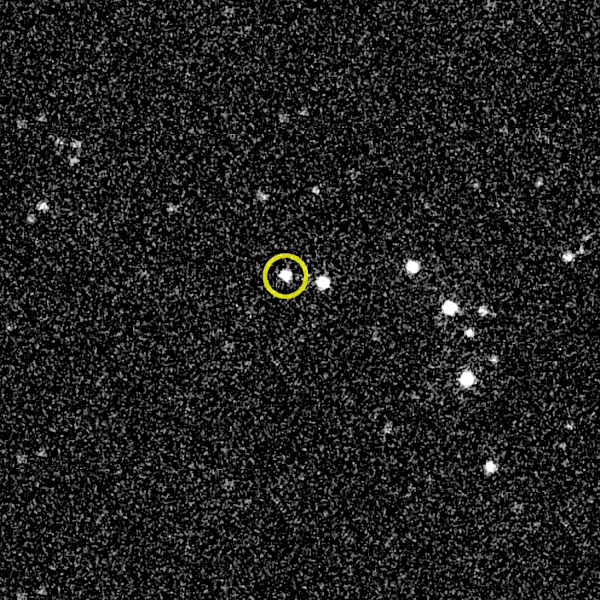
Gamma-ray bursts (GRBs) are the brightest and most energetic events in the known universe. They last from a few milliseconds to several minutes and can release in an instant the equivalent of the energy emitted by the Sun during its entire life (~10 billion years). Discovered accidentally in the 1960s by American military satellites Vela, GRBs remain an intense field of research in astrophysics. They are generally detected as very brief flashes in the gamma-ray domain, the most energetic photons of the electromagnetic spectrum.
A gamma-ray burst emits its energy in the form of very narrow, collimated jets (oriented in a precise direction), which propagate at ultra-relativistic speeds, close to the speed of light. This collimation means that the energy is concentrated in a very narrow angular cone (only a few degrees).
Even if the explosion occurred several billion light-years away (enormous cosmic distances), the intensity detected by our instruments can be very high, comparable to much closer phenomena. This allows the detection of GRBs at the other end of the observable universe.
When a hyper-massive star (at least 20 times the mass of the Sun) reaches the end of its life, its core collapses into a black hole or a neutron star, while the outer layers are expelled in a violent supernova. If the rapidly rotating star forms an accretion disk around the black hole, relativistic jets perpendicular to the disk pierce the stellar envelope. These jets, accelerated to a speed close to that of light, produce a long gamma-ray burst (duration > 2 seconds), often associated with a type Ic-BL supernova.
In close binary systems, two neutron stars (or a neutron star and a black hole) slowly spiral towards each other under the effect of gravitational wave emission. When they merge, some of the matter is ejected in the form of ultra-relativistic jets, generating a short gamma-ray burst (duration < 2 seconds). These events are often accompanied by a kilonova, a luminous phenomenon rich in heavy elements (gold, platinum) synthesized by explosive nucleosynthesis.
Although distinct in their duration and progenitor, these two mechanisms share extreme physics: jet formation, particle acceleration, and spacetime curvature. GRBs thus serve as beacons to probe the young Universe, cosmic magnetic fields, and gravity in extreme conditions. Their study, coupled with gravitational wave detectors (LIGO/Virgo), opens a new era in multimessenger astronomy.
The observed gamma radiation comes from the ultra-relativistic jet (\( \Gamma > 100 \)) emitted in a very narrow direction. If this beam crosses our line of sight, the detected intensity can be extreme, even though the event occurred billions of light-years away.
The detection of gamma-ray bursts requires instruments capable of observing gamma radiation, which cannot be detected from the Earth's surface due to atmospheric absorption. Thus, several specialized space telescopes have been developed, integrating high-sensitivity detectors and extreme temporal resolution.
These space observatories use scintillation detectors, semiconductors or photon-electron conversion detectors, designed to measure the energy, timing, and direction of gamma photons with extreme precision. The combination of data from several satellites in a network (such as the Interplanetary Network) improves the triangulation of the source, essential for studying the physics of jets and the cosmological environment of GRBs.
GRBs are valuable probes of the young universe. Some GRBs have been detected at distances corresponding to less than a billion years after the Big Bang, allowing the study of the formation of the first stars and galaxies. Their exceptional brightness also makes them natural "beacons" for probing the intergalactic medium via absorption spectra. They allow exploring the laws of physics under extreme conditions of density, temperature, and magnetic field. Moreover, a GRB occurring in our galaxy, oriented towards Earth, could cause a mass extinction by destroying the ozone layer. Fortunately, these events are extremely rare on a galactic scale (1 every 100 million years or so in a galaxy like ours).